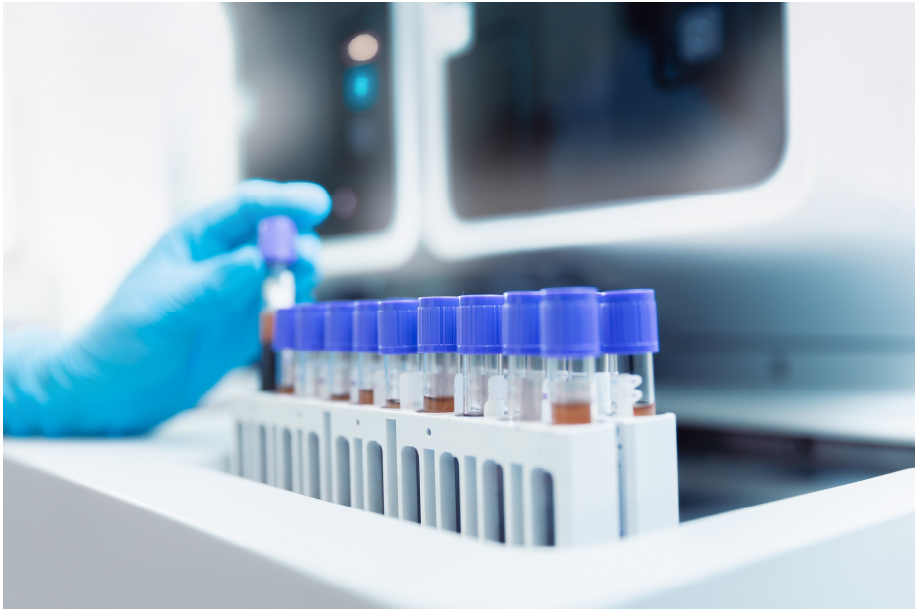New study explores the relationship between mTOR activation and pulmonary hypertension

Lymphangioleiomyomatosis (LAM) is a complex lung disease characterized by cyst formation due to mutations in the TSC1/2 genes, leading to the overactivation of a molecular pathway called mechanistic Target of Rapamycin Complex1 (mTORC1). This abnormal activation triggers a cascade of events within the lung cells ultimately resulting in the progression of the disease. One aspect of LAM that remains poorly understood is its impact on the blood vessels in the lungs. Some patients with LAM develop pulmonary vascular remodeling, a process where the structure and function of blood vessels are altered, potentially leading to pulmonary hypertension. The exact mechanism by which LAM cells communicate with endothelial cells (ECs), the cells lining the blood vessels, to induce this remodeling is not entirely clear. In this study, researchers investigated this communication between LAM cells and ECs. They examined lung tissue from advanced stages of LAM and observed dysfunction in ECs, including increased proliferation and migration, impaired formation of new blood vessels (angiogenesis), and abnormal structure of the endothelial tube network. To better understand the disease process, the researchers used a mouse model that mimics LAM. Even before visible changes occurred in the blood vessels, gene expressions within ECs from these mice revealed significant alterations in gene expression patterns compared to normal mice. As the mice aged, they spontaneously developed pulmonary vascular remodeling similar to what is observed in human LAM. By examining the genetic makeup of different cell types in the lung, the researchers identified specific molecules produced by the LAM-like cells that can influence the behavior of ECs. These ECs, in turn, showed changes in gene expression related to the remodeling of blood vessels. This study suggests that dysfunctional communication between mutant LAM-like cells and ECs plays a crucial role in driving pulmonary vascular remodeling in LAM. Importantly, this communication occurs independently of ECs having mutations in the TSC2 gene, emphasizing the central role of mTORC1 overactivation in the LAM-like cells in orchestrating these pathological changes. Understanding these interactions sheds light on potential targets for new treatment options in LAM and other diseases driven by abnormal mTORC1 activity.